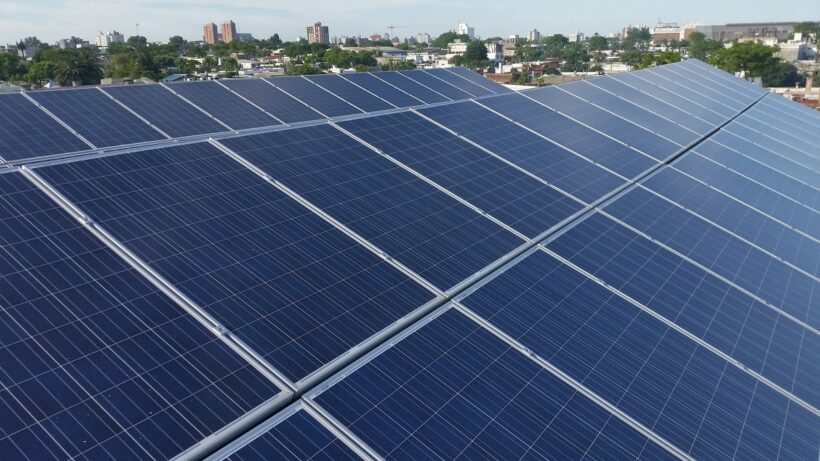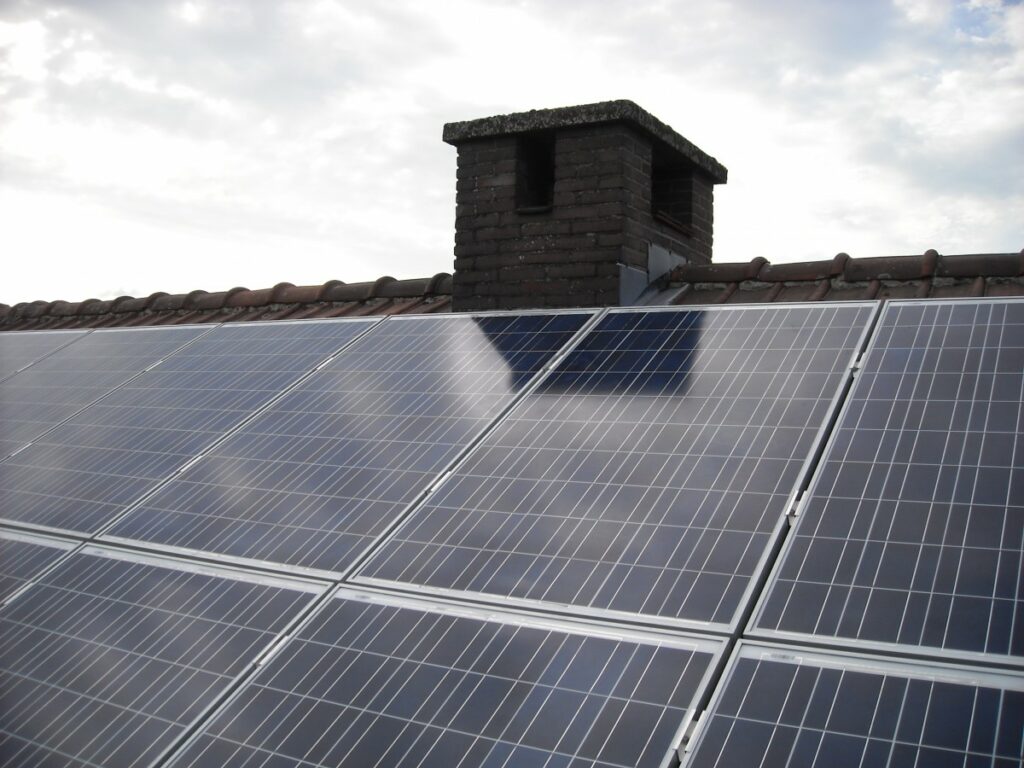Since the demonstration of the photovoltaic effect by Antoine Becquerel in 1839 and the presentation of the first photovoltaic cell by Bell Laboratories in 1954, photovoltaic technology has come a long way before reaching this astonishing level such as it is today. currently knows. Nowadays, the equipment born from this great innovation allows us to supply our homes with electricity more responsibly, to heat our homes, in short, to have more autonomous, more efficient and more ecological energy sources.
It must be admitted: solar energy is on the rise. However, how are these photovoltaic solar panels that adorn our roofs and terraces made? What are they made of? What about their installation? How are they really more advantageous than conventional solutions? We invite you to discover the answers to all these questions in this little practical guide to the solar photovoltaic.
What are photovoltaic panels made of?
A photovoltaic panel is mainly composed of several photovoltaic cells connected in series or in parallel. It is these electronic components that, after receiving solar energy in the form of electromagnetic waves called photons, convert it into electricity. Commonly known as the “photovoltaic effect”, this transformation of photon energy into electric current results from a natural phenomenon or, more precisely, from a chemical reaction.
The layers which form the photovoltaic cells are generally made of silicon, a semiconductor material (halfway between an insulator and a conductor) which allows the passage of a current when it is doped. The so-called N-doped layer, whose silicon is coupled with a compound with a high electron content such as phosphorus, is negatively charged. While the other module (the P-doped layer), whose silicon is associated with an element containing fewer electrons such as boron, is positively charged.
The interaction between these two devices of opposite signs generates a PN junction (an electric field). When the photovoltaic cell absorbs the photons by being subjected to solar irradiation, imbalances are created between the charges of the two layers. Then follows an important movement of systematic charges in order to rebalance the levels (the electrons and the holes are obliged to move and, therefore, to circulate). It is from this phenomenon that the electric current comes.
How are photovoltaic solar panels made?
La manufacture of photovoltaic solar panels involves various necessary steps and operations.
- The creation of modules
The creation process begins with the manufacture of solar silicon or metallurgical silicon. The latter is formed by chemical reaction from a mixture composed of pieces of silica and wood. The crystals obtained are then fired at a very high temperature (nearly 1°C) to create silicon ingots. Once cooled, the parts are then cut into slices (wafers) to take the desired shape (monocrystalline or polycrystalline).
- Anti-reflective treatment
The anti-reflective treatment is necessary so that the ingots or wafers of silicon cannot reflect light. At the end of this process, the surface of the leaves is no longer smooth and its texture is completely transformed. She is now able to absorb a significant amount of light.
- Layer doping
To dope the silicon layers (add + or - charges), phosphorus or boron is deposited at very high temperature on the front face of the module. We then obtain cells with doped layers which, once subjected to solar irradiation, will produce electricity.
- Installation of the electrical circuit
This step consists in printing an electrical circuit on the surface of the modules so that the current produced and collected thanks to the photovoltaic effect can be transferred.
- The association of the cells and the final assembly of the panel
To form a functional and solid structure, the photovoltaic cells must first be connected to each other (about 48 to 72 cells for a panel). They will then have to be welded and then encapsulated under a tempered glass plate. The assembly is completed with the installation of an aluminum support which will frame the assembly to form a photovoltaic panel.
When mounting the equipment, a junction box placed behind the plate will be required in order to connect the entire current-generating device to the inverter. The latter will be used to convert the direct current produced into alternating current.
How to install a photovoltaic solar panel?
THEinstallation of photovoltaic panels, especially if it is carried out on a fairly large surface, requires specific technical know-how as well as a certain number of tools and accessories. Therefore, it is always highly recommended to call on competent and well-equipped technicians for the installation of the elements. In general, the installation of the devices should take place as follows:
- Verification and preparation of installation area
- La sets abbreviations (lower and side)
- The establishment of under-roof screen (sealing system)
- La laying rails and solar panels
- Le connecting the panels to the inverter
- Le connecting the inverter to the power grid or to a storage system (solar batteries)
Photovoltaic panels: the advantages of switching to solar energy
If switching to solar energy seems like a logical step in a context where the energy and ecological transition is fully underway, this choice actually has many advantages. By choosing to use photovoltaic solar panels, households benefit from:
- A source of clean, inexhaustible and completely free renewable energy
The use of solar panels gives access to 100% green and free electricity. In addition, since more than 85% of the elements of the solar panels are recyclable and because the equipment has a fairly long lifespan (40 to 50 years), it is a perfectly ecological and sustainable solution.
- Significant energy savings and various financial aids available
Self-consumption allows a household to save up to 40% on its energy bills. In addition, the installation of photovoltaic panels is also eligible for various financial aids: self-consumption bonus, MaPrimeRénov 'solar, VAT reduced to 5,5%, local and regional aid, etc.
- Real estate added value


